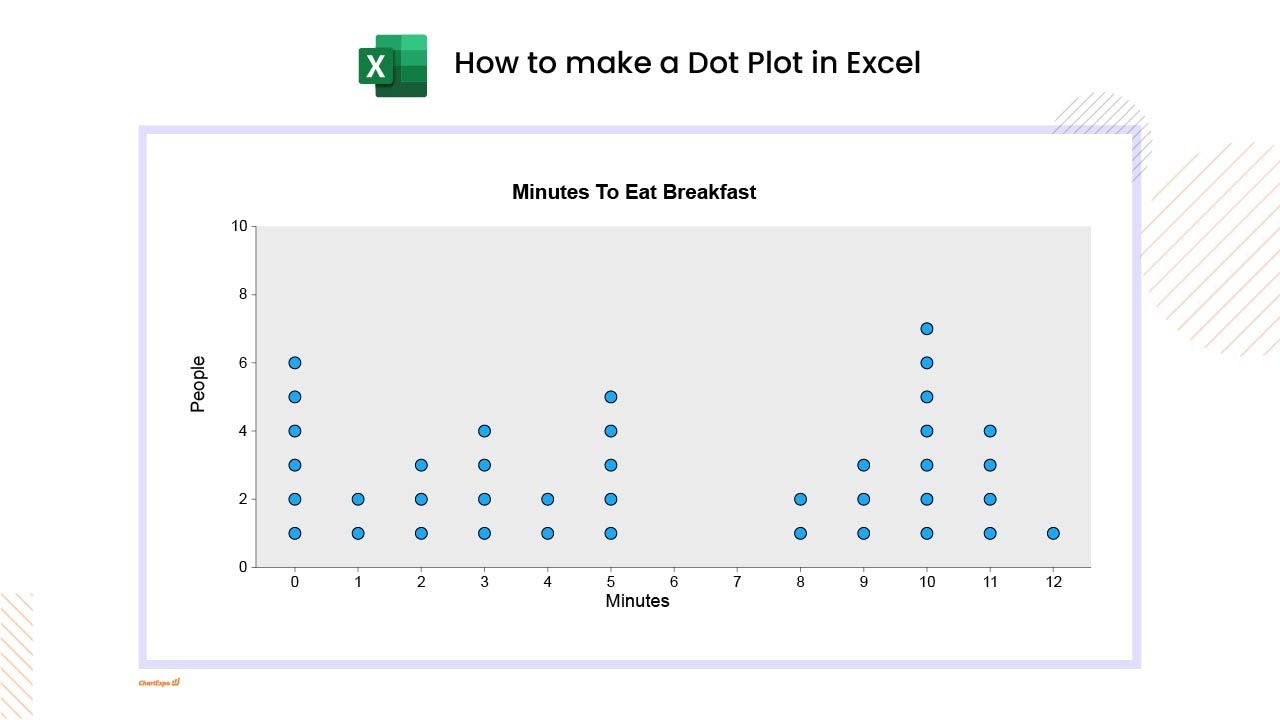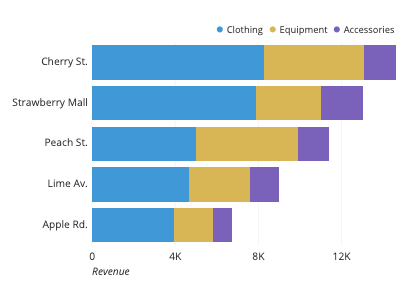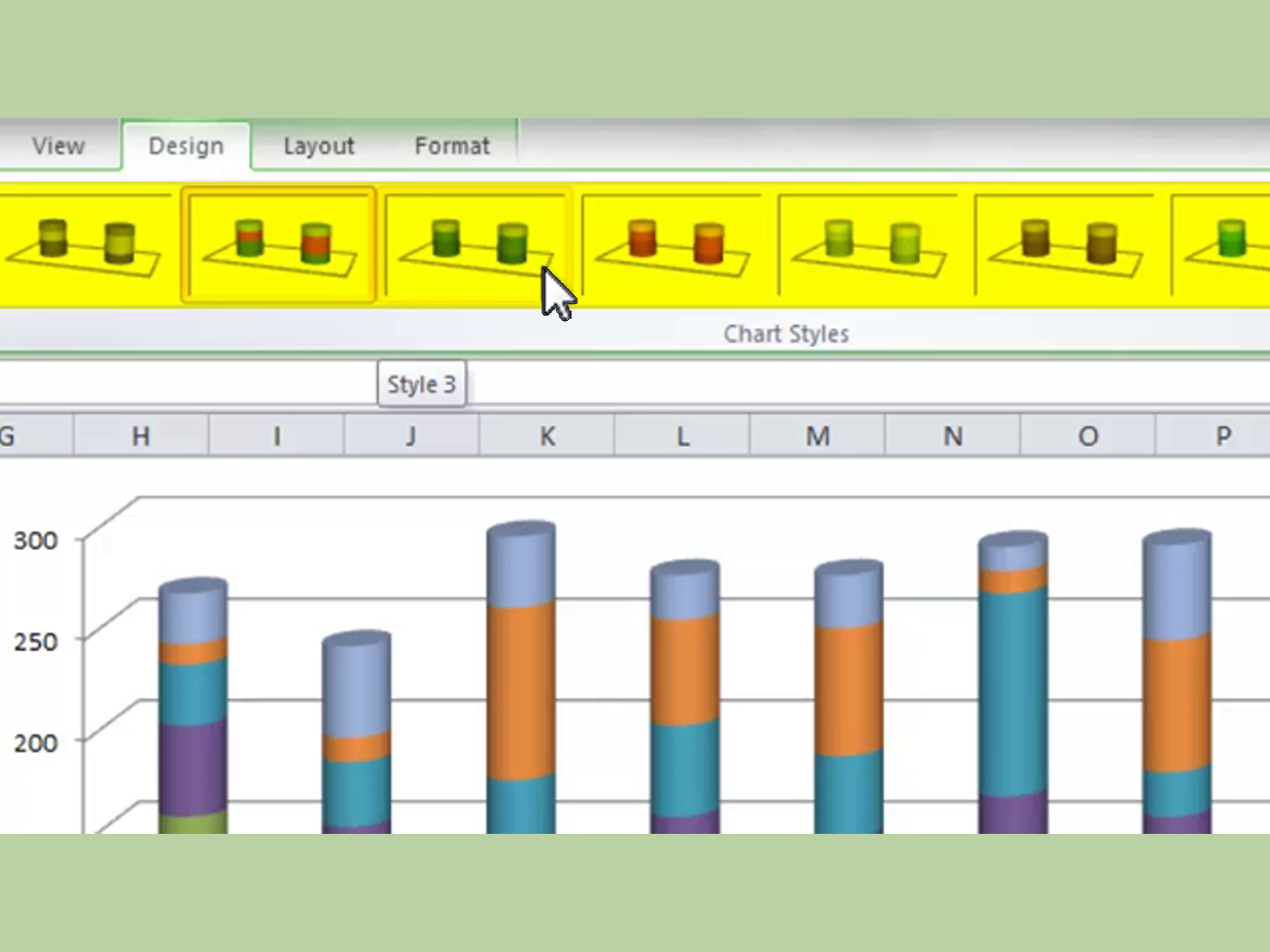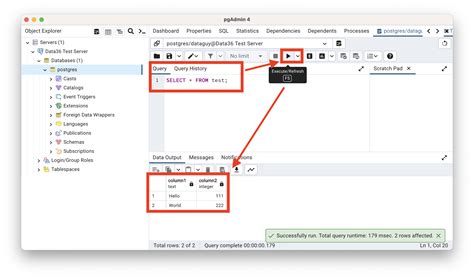Mastering Dot Graphs in Excel: 3 Tips

When it comes to data visualization, Excel offers a wide range of chart types to choose from. Among these, dot graphs, also known as scatter plots, are a powerful tool for analyzing and presenting data. They are particularly useful for showcasing trends, patterns, and relationships between variables. In this article, we will explore three essential tips to master the art of creating effective dot graphs in Excel, enabling you to communicate your data insights with clarity and impact.
Understanding the Power of Dot Graphs

Dot graphs, or scatter plots, are a versatile chart type that allows you to plot individual data points on a graph. Each point represents a specific value for two variables, often referred to as the x and y axes. These graphs are ideal for exploring correlations, identifying clusters, and visualizing trends in your data. By understanding the unique advantages of dot graphs, you can unlock their full potential and make your data analysis more insightful.
Tip 1: Choosing the Right Data for Dot Graphs
The success of your dot graph largely depends on selecting the appropriate data. Here are some key considerations when choosing your dataset:
- Data Quantity: Dot graphs work best with a moderate to large number of data points. Having a sufficient number of data points helps reveal patterns and trends more effectively.
- Data Type: Ensure that your data represents quantitative variables. Dot graphs are most effective when both the x and y axes represent numerical values, allowing for precise plotting and analysis.
- Data Distribution: Consider the distribution of your data. Dot graphs can highlight patterns such as linear relationships, clusters, or outliers. Understanding your data’s distribution will help you interpret the graph accurately.
| Data Category | Example |
|---|---|
| Linear Relationship | Height vs. Weight of Individuals |
| Cluster Analysis | Sales Performance by Region |
| Outlier Detection | Machine Performance over Time |

Expert Tip: When dealing with large datasets, consider using Excel's filtering or sorting features to isolate specific data subsets for analysis. This can help you focus on relevant trends and patterns more efficiently.
Tip 2: Customizing Dot Graphs for Clarity
Excel offers a wide range of customization options to enhance the clarity and visual appeal of your dot graphs. Here are some essential techniques to master:
- Axis Scaling: Adjust the minimum and maximum values of your axes to ensure an accurate representation of your data. Avoid distorting the graph by choosing scales that reflect the true range of your values.
- Data Point Formatting: Excel allows you to customize the appearance of your data points. You can choose different colors, sizes, and shapes to distinguish between categories or highlight specific data points of interest.
- Gridlines and Axes: Adding gridlines and customizing axis labels and tick marks can improve the readability of your graph. Consider using different line styles or colors to differentiate between the x and y axes.
- Trend Lines and Regression: Excel’s trendline feature can help identify patterns and relationships in your data. Adding trendlines and regression analysis can provide valuable insights into the underlying trends and correlations.
Advanced Tip: Experiment with different chart types within Excel. Sometimes, combining a dot graph with a line chart or adding error bars can provide additional context and improve the overall visual impact of your data presentation.
Tip 3: Interpreting and Communicating Insights
Dot graphs are powerful tools for data analysis, but their effectiveness relies on your ability to interpret and communicate the insights they reveal. Here are some key considerations:
- Pattern Recognition: Study the distribution of data points on your graph. Look for linear relationships, clusters, or outliers that may indicate specific trends or anomalies. Understanding these patterns is crucial for deriving meaningful insights.
- Correlation vs. Causation: Dot graphs can suggest correlations between variables, but be cautious about assuming causation. Further analysis and additional context are often required to establish a causal relationship.
- Storytelling: When presenting your dot graph, tell a story. Use annotations, labels, or additional text to guide your audience’s understanding. Highlight key findings and provide context to ensure your insights are effectively communicated.
Collaboration Tip: When sharing your dot graphs with colleagues or clients, consider providing a legend or key to explain the meaning of different colors, shapes, or symbols used in your visualization. This ensures everyone understands the message you're conveying.
Conclusion

Mastering dot graphs in Excel empowers you to explore and communicate your data with precision and impact. By understanding the unique strengths of this chart type and applying the tips outlined above, you can create visually appealing and insightful dot graphs. Remember, effective data visualization is a powerful tool for conveying complex information, and dot graphs are an excellent addition to your data analysis toolkit.
How do I create a dot graph in Excel?
+To create a dot graph in Excel, select your data, navigate to the Insert tab, and choose Scatter or Scatter with Smooth Lines from the Charts group. You can then customize your graph using the Chart Design and Format tabs.
Can I add trendlines to my dot graph in Excel?
+Yes, Excel allows you to add trendlines to your dot graph. Right-click on your data series, select Add Trendline, and choose the desired trendline type. You can customize the trendline’s appearance and equation display in the Format Trendline pane.
How do I highlight specific data points in a dot graph?
+To highlight specific data points in a dot graph, select the data series, navigate to the Format tab, and choose Shape Fill and Shape Outline to customize the appearance of individual data points. You can also use data labels to draw attention to specific points.


